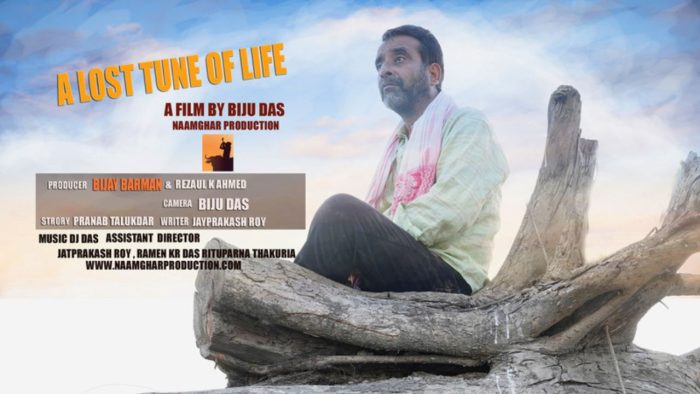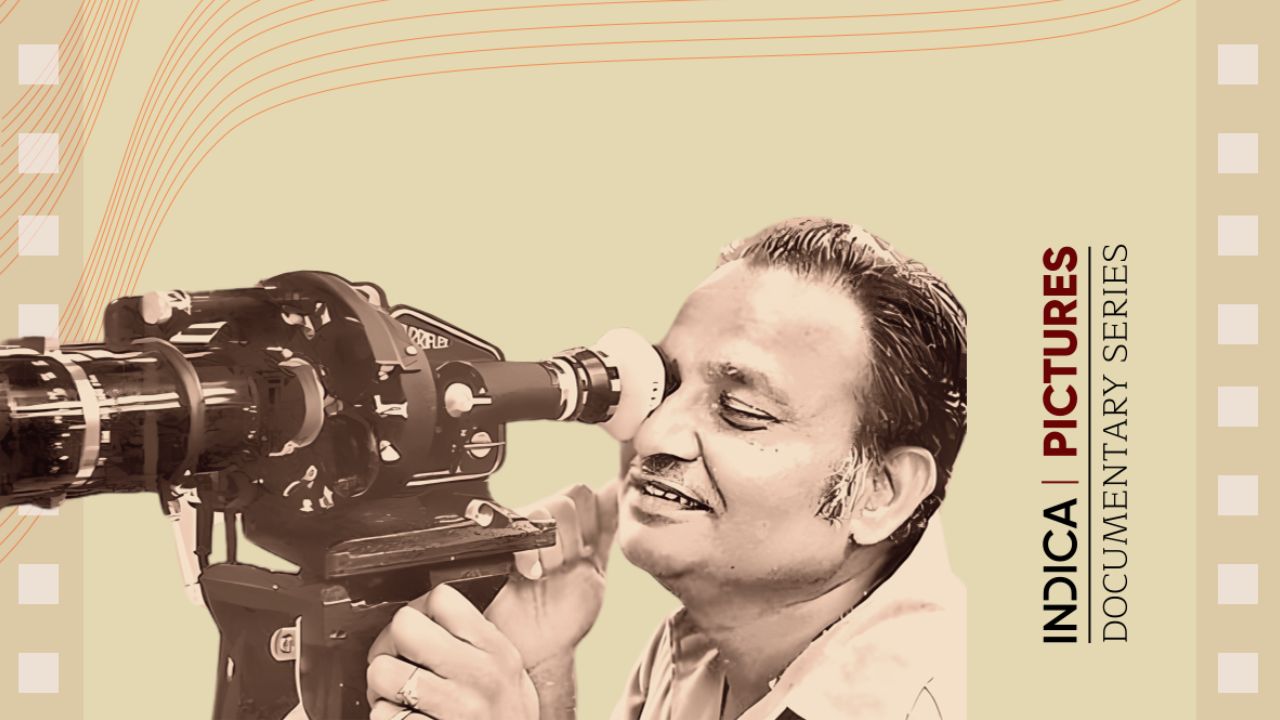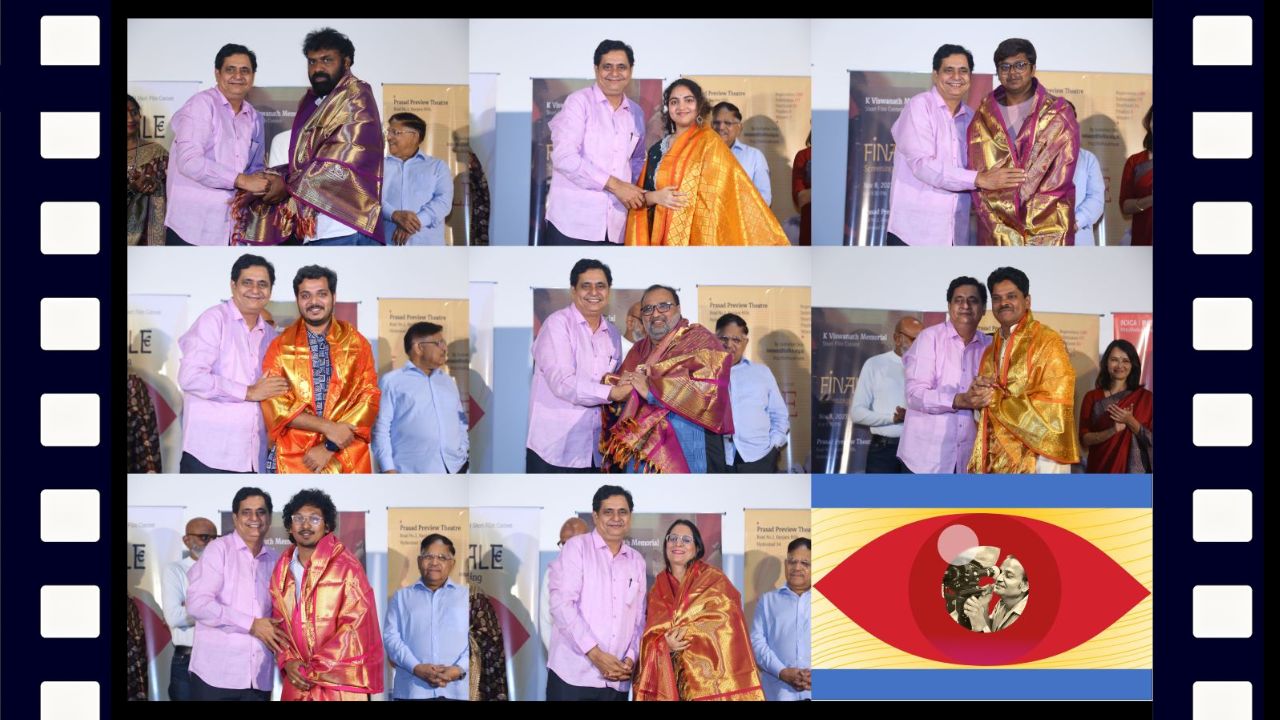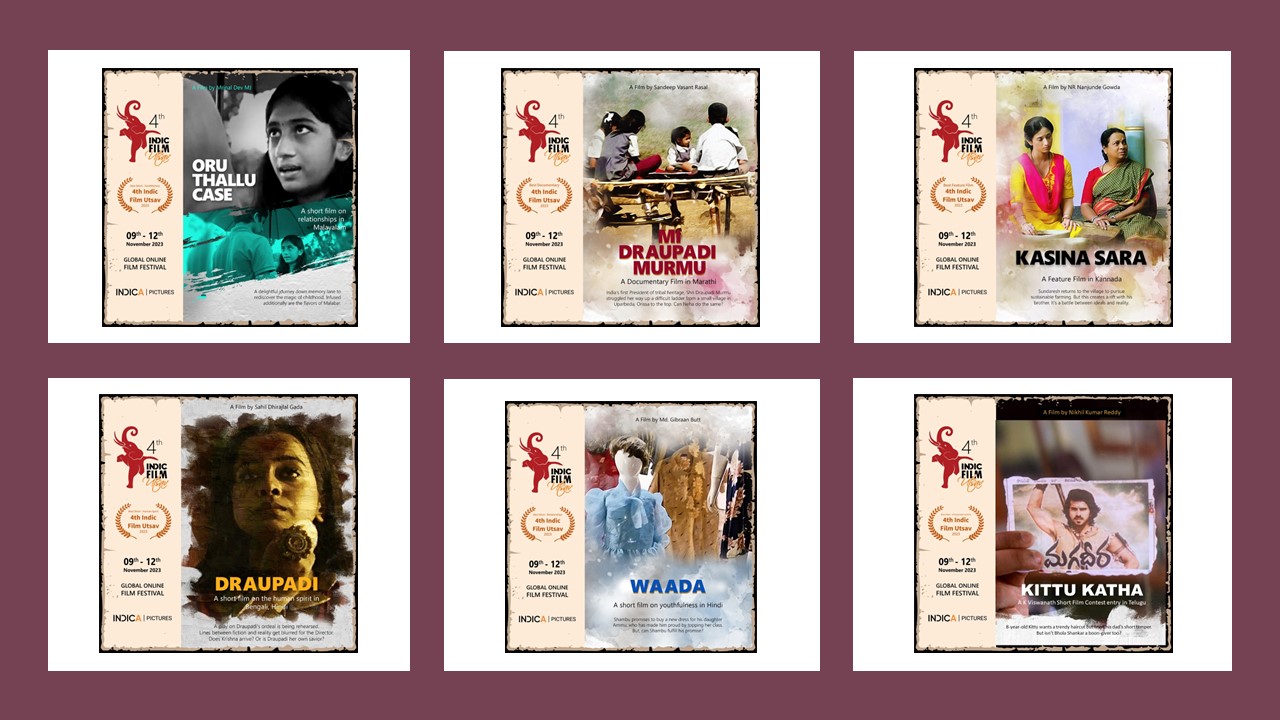From the fascinating world of animation to the real life world of his films, Biju Das has crafted stories that combine skills of imagination and character sketching. He started his career as an animator, when he joined ZICA Mumbai to learn 2D Classic Animation Film Making and Designing. In 2007, he joined an animation production house called DQ Entertainment Ltd. in Hyderabad where he started working on some Disney projects. He moved back to Mumbai in 2007, and joined big corporate house Tata Elxsi where he worked in animation, feature films and TVC.
While the majority of us have a favourite animation character which we have either seen on screen or in cartoon books/strips, Biju was always curious about how characters move and talk. Animation works by creating the illusion of motion through a sequence of static images or frames. In traditional animation an animator begins by sketching a series of keyframes. Once the keyframes are established, the animator creates in-between frames. These frames bridge the gap between keyframes and help create a smooth transition from one pose to another.
In traditional hand-drawn animation, the frames are scanned into a computer to create a digital version of the animation. In some cases, artists might skip the traditional process and create the animation directly on a digital platform, using tools like drawing tablets and software. In 3D computer animation, the process begins with modeling. Artists create digital 3D models of characters, objects, and environments. These models are often constructed using polygons, and they can be textured to give them their visual appearance. After modeling, a rigging artist sets up a digital skeleton or rig for each character. This rig allows animators to control the movements of the character's body parts, much like a puppeteer.

Both traditional and computer animation require a keen understanding of timing, motion, and storytelling to create compelling and visually engaging animations. The choice between these methods often depends on the project's style, budget, and creative objectives. For Biju, the joy of creating new things attracted him to animation. “Animators use creative skills almost daily to form a story.”
He worked in the production of many animated TV series, TV commercials and Animation Feature Films. “I worked for the animation feature films Road Side Romeo directed by Jugal Hansraj, and Arjuna The Warrior Prince by Arnab Chaudhury. He also worked for some VFX movies - Kedarnath, Bahubali -2, Welcome to Karachi, Ghayal Return, and the Telugu film Soorarai Pottru.”
The contrast between the two mediums of animation and films, was the capturing of reality as it is. “Animation is the process of creating moving images from drawings, computer graphics, or other visual art forms. Live action films on the other hand refers to filming real people, objects, and locations with a camera and it involves using actors, sets, props and I wanted to have new experiences with all these. I wanted to use real cameras and was keen to make my own movies. First I thought about making an animation film but animation is a very time consuming process and also I couldn’t afford an it. So I planned to make a live action short film – Devi, which was my first short film.”
His experience in animation stood him in good stead. “Animation helps a lot in the journey of film making because the process is almost the same. In animation we need to do everything frame by frame with all the minor details. We use Animatics, Storyboards which help for camera angles and compositions. Sometimes we need to set the camera lens also when we do 3D animation. When we do the character animations, we need to act out the scenes ourselves first. All these things make it easier to make any live action films too,” says Biju.
Biju says that there were many specific skills and lessons from animation that he found particularly useful in film making, for example it improved the skills of visualization, artistic talent, storytelling, ability to work under pressure and storyboard making. “When we shot short films like Devi and Surabhi we first completed all the pre-production work including story boarding.”
In terms of the major differences Biju encountered when working in the film industry as compared to animation, he says in the case of animation the images or graphical art forms are created at this point and are adjusted or re-animated throughout, whereas in live action it is not possible. “Besides, during a live action shoot we need to careful about the lighting conditions because the light changes when we shoot under natural light. There are many new things to learn or acquire new skills or adapt such as team management, right casting, locations selections, knowledge of lighting, costume, etc.”

Biju’s first film project was a short film Devi shot in a village in Assam and most of the actors and actresses were not professionals. “The main challenge for us was to achieve perfection in acting. The main theme of the film was women empowerment. We shot the film with some limitations, in animation on the other hand almost nothing is impossible. Another difference is that in animation we exaggerate things more compared to live action films in terms of the story or action.”
After the short film Devi he made some more award winning short and documentary films including Hands of Destiny, A Journey of return, Life in a Fishbowl, A Smile of Gandhi, The Bird Seller, A Lost Tune of Life, Surabhi and recently he has completed the post production work of a new short film A perfect move.
Biju says the concept of film making is essentially the same in both forms - story, scripting, brilliant screenplay. “For those who love to film real people, objects and locations with a camera and if somebody is considering making the transition from animation to films, I think things get easier in live actions.”
Video Excerpt of the Interview





